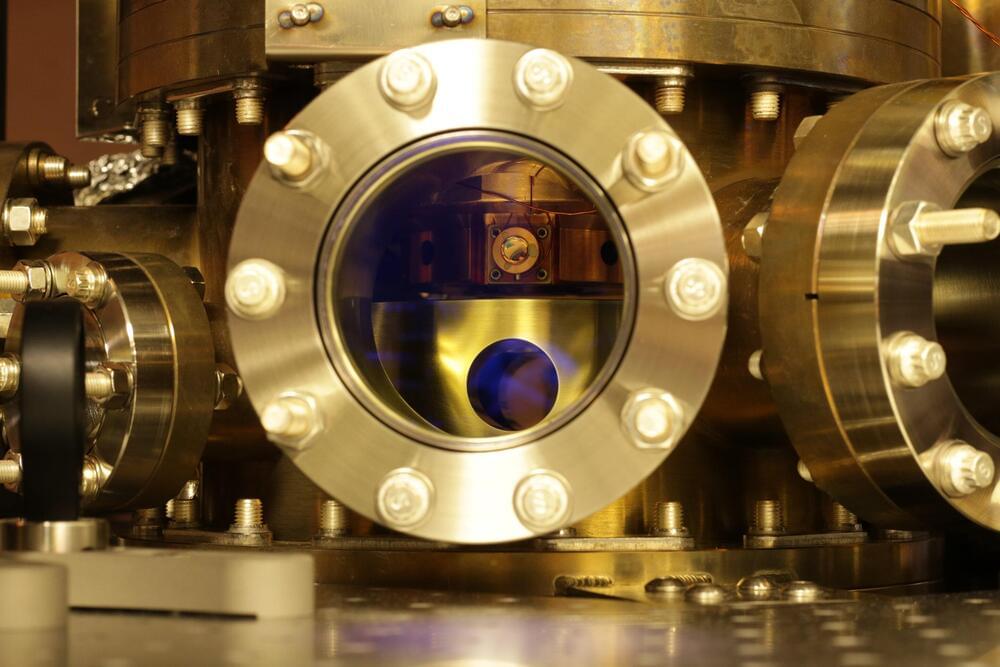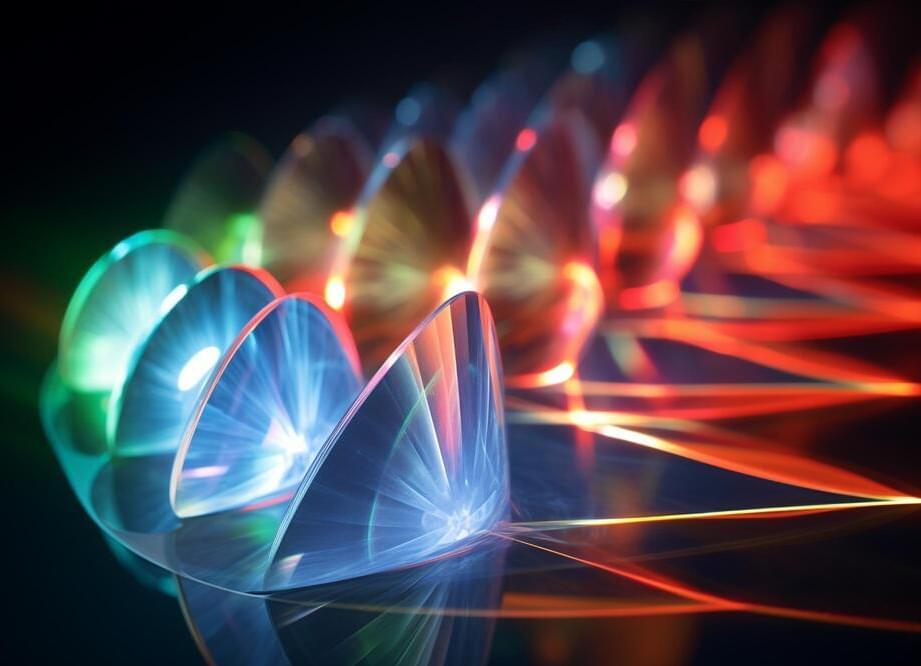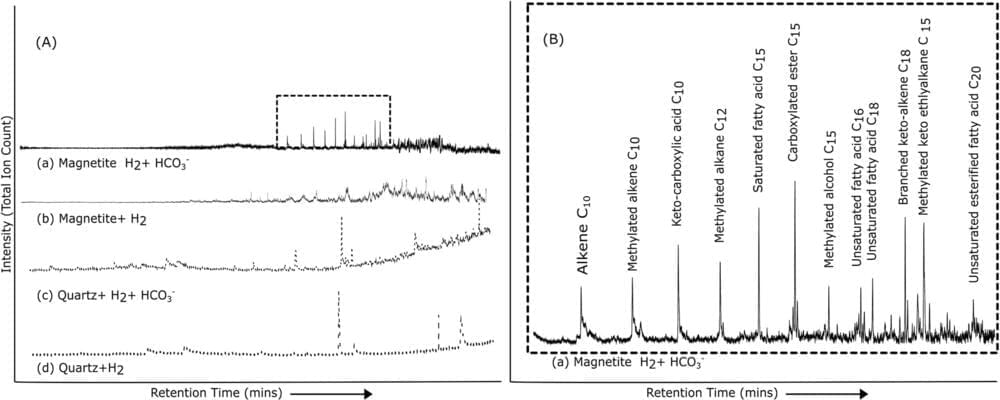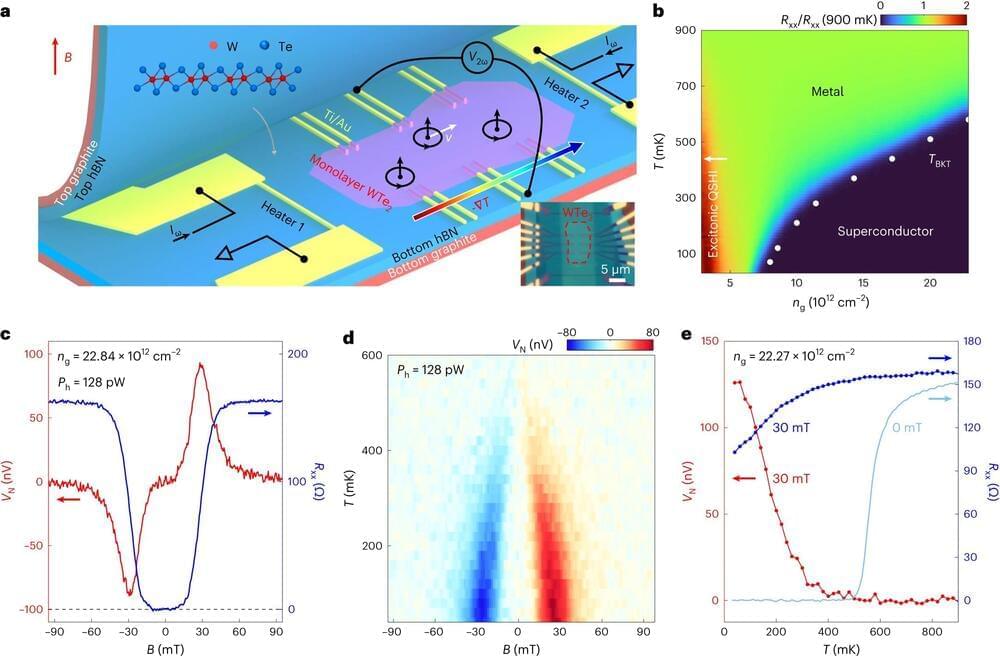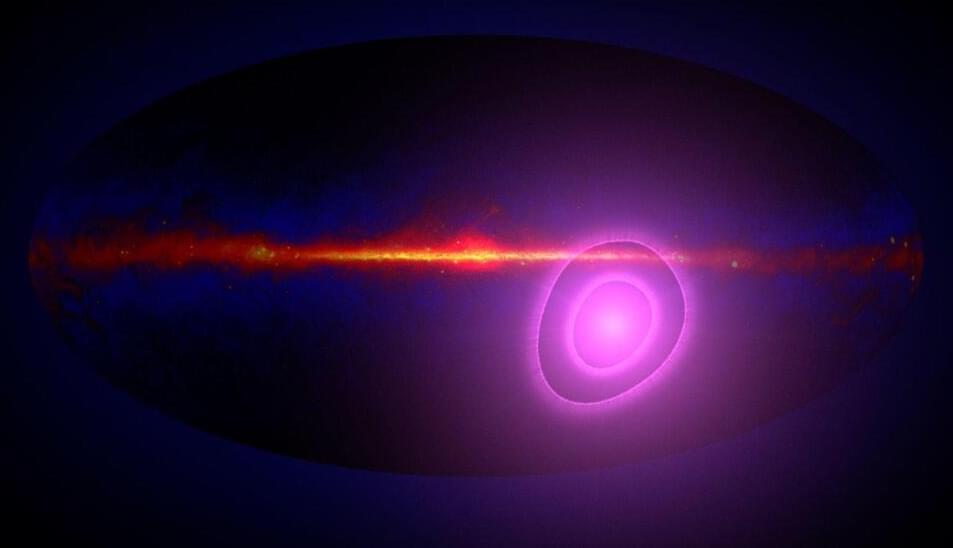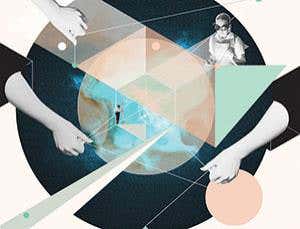Historically, JILA (a joint institute established by the National Institute of Standards and Technology [NIST] and the University of Colorado Boulder) has been a world leader in precision timekeeping using optical atomic clocks. These clocks harness the intrinsic properties of atoms to measure time with unparalleled precision and accuracy, representing a significant leap in our quest to quantify the most elusive of dimensions: time.
